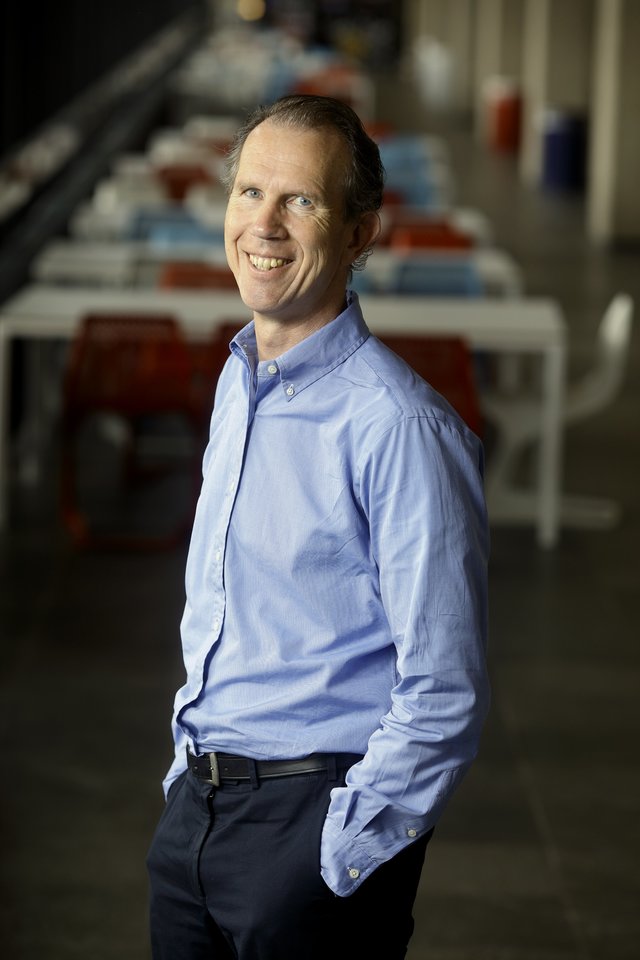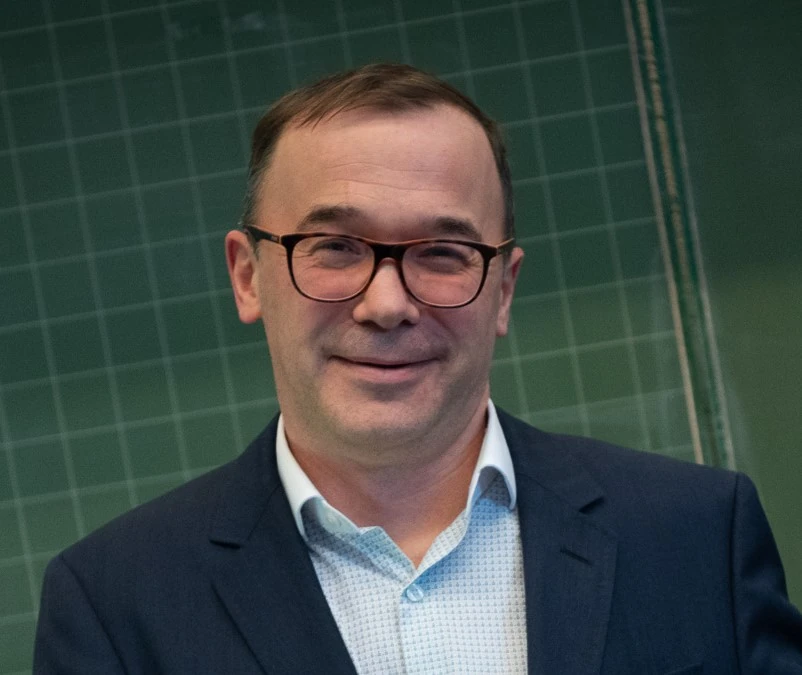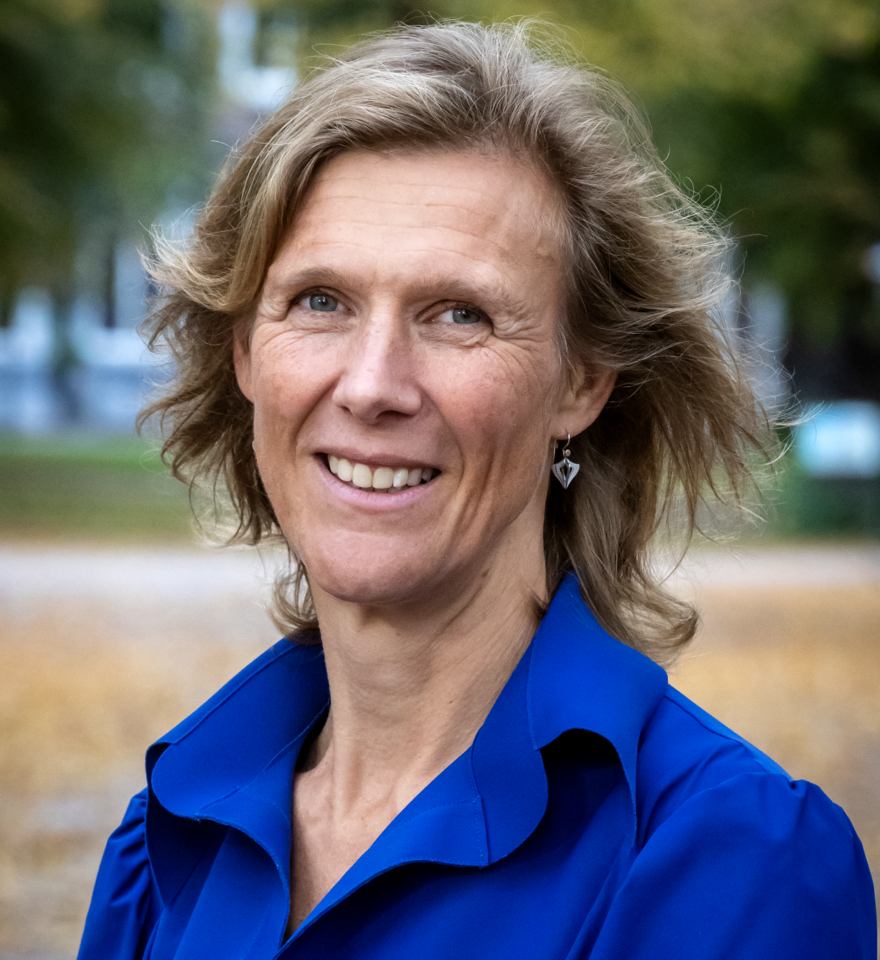Induced Seismicity
Injection of fluids into or production of fluids from the subsurface may trigger the sudden unloading of shear stresses in naturally stressed faults in the form of a seismic event (an earthquake). Even if no or little natural stresses are present, human subsurface activities may generate them. Most stresses, however, are released very slowly (aseismically). Our research aims at understanding why and how these differences between harmless and dangerous unloading occur, with the ultimate goal to develop operational strategies for safe subsurface CO2 or H2 storage and geothermal energy production.
Related projects
A scientific basis for production and reinjection strategies to minimize induced seismicity in Dutch gas fields
Timeline: Jan 2020 – Jan 2024
Science4Steer project is a part of the DeepNL NWO program in collaboration with Utrecht University. In this project, we manage to understand the effects of time-varying pressures, stresses, and strains resulting from gas production and (re-)injection in the Dutch subsurface as a basis for operational strategies to minimize the seismic hazard of human activities in the subsurface. It combined a strong experimental program with the development of semi-analytical and numerical schemes to successfully predict these processes and develop schemes to mitigate induced seismicity hazards. project is a part of the DeepNL NWO program in collaboration with Utrecht University. In this project, we manage to understand the effects of time-varying pressures, stresses, and strains resulting from gas production and (re-)injection in the Dutch subsurface as a basis for operational strategies to minimize the seismic hazard of human activities in the subsurface. It combined a strong experimental program with the development of semi-analytical and numerical schemes to successfully predict these processes and develop schemes to mitigate induced seismicity hazards.
MIRIS
MIRIS consider three pilot projects in carbonate systems which all experienced low levels of induced seismicity which cannot be explained with conventional models. To understand why noticeable seismicity occurred at these pilot projects, we perform numerical and experimental simulations which include thermal, chemical and mechanical effects of fluid flow, i.e. ensuring we capture the complex heterogeneous nature of fluid flow in a fractured system. The aim of this project is to explain where and why seismicity will occur in fractured geothermal systems, i.e. to gain insight into the complex interactions between the processes inducing stress changes on faults above, in, and below a fractured carbonate reservoir and the subsequent reactivation of these faults.
InFocus (DeepNL)
Timeline: Oct 2019 – March 2025
To estimate and ultimately forecast seismicity, it is thus crucial to estimate stresses and resolve these three aspects and their interactions. However, uncertainties in subsurface conditions, the inherent intermittent occurrence of fault slip, and the limited availability of in-situ observations make it difficult to uniquely describe responsible mechanisms, let alone provide probabilistic estimates of seismicity. In InFocus, we propose to resolve the feedback between these mechanisms through coupling geomechanics, dynamic rupture and two-phase flow on an equation level, rather than by coupling separate models. To do this, we will make use of existing simulation capability developed for subduction zones. An analysis of seismic observations over the Zeerijp area of the Groningen field will be used to calibrate this model and ensure applicability in reservoir-scale studies. We propose a statistical, Bayesian approach in which observations of subsurface variables, such as strain and (pore) pressure, and prior knowledge on physics are used to constrain stress state and parameters through data assimilation.
NEPTUNUS: Novel methods for the Evaluation and Physical understanding of the Transient natUre of iNdUced Seismicity
Timeline: June 2024- June 2028
Given current concerns on activities in the subsurface, it is crucial to know the limits for safe operations of subsurface reservoirs and limit the risk of induced seismicity. NEPTUNUS (DeepNL 2b) aims to understand the transient nature of induced seismicity with a combination of conceptual and advanced physics-based models, as well as state-of-the-art techniques for data assimilation. Using techniques of systems and control this project seeks to develop tools to combine observations and models to estimate the variables and parameters crucial for the occurrence and mitigation of induced seismicity. With this, the ultimate objectives are 1) to provide constraints on the envelope for safe utilization of the subsurface, for conventional and new energy technologies, and 2) to identify which variables need to be monitored to remain within the safe envelope during a project’s lifetime. These results can feed directly into existing or upcoming seismic hazard assessments for future subsurface use.
Fingerprinting vertical land motion from the earthquake cycle above subduction zones (User Support Programme Space Research - NWO)
We will test our hypothesis that these processes are the same at different subduction margins and that observational differences are driven by differences in margin geometry. We will assimilate uplift/subsidence data for the post-seismic period of the 1964 Alaska earthquake, where modern GNSS time series came online ~4 decades after the event. Question will be to what extent the data assimilation tightens the constraints on parameters and model states in a context where we (may have to) assume that the processes are very similar to other margins. If successful, our new approach can be applied to forecast sea level changes due to the megathrust earthquake cycle.
Related publications
- Jan Dirk Jansen, Bernard Meulenbroek, (2022), Induced aseismic slip and the onset of seismicity in displaced faults, In Geologie en Mijnbouw/Netherlands Journal of Geosciences Volume 101.
- M. Naderloo, A. Veltmeijer, J. D. Jansen, A. Barnhoorn, (2023), Laboratory study on the effect of stress cycling pattern and rate on seismicity evolution, In Geomechanics and Geophysics for Geo-Energy and Geo-Resources Volume 9.
- Femke Vossepoel, Karlijn Beers, Ramon Hanssen, Denis Voskov, On estimating geomechanical parameters from surface deformation with a particle method: Data assimilation for subsidence monitoring (PPT)
- A. Novikov, D.V. Voskov, H. Hajibeygi, J.D. Jansen, Collocated Finite Volume Scheme for Scalable Simulation of Induced Seismicity, In European Conference on the Mathematics of Geological Reservoirs 2022.
- A. Novikov, D. V. Voskov, M. Khait, H. Hajibeygi, J. D. Jansen, (2021), A collocated finite volume scheme for high-performance simulation of induced seismicity in geo-energy applications, In Society of Petroleum Engineers - SPE Reservoir Simulation Conference 2021, RSC 2021 p.1-22, Society of Petroleum Engineers.
- Jan Dirk Jansen, Rien Herber, Research into induced seismicity in the Groningen field: Further studies, In Netherlands Journal of Geosciences: Geologie en Mijnbouw Volume 96 p.s279-s284 .
- Jan Dirk Jansen, An operational earthquake forecasting system (OEFS) to control induced seismicity in the Groningen natural gas field
- Sara Shokrollahzadeh Behbahani, Hadi Hajibeygi, Denis Voskov, Jan Dirk Jansen, (2022), Smoothed embedded finite-volume method (sEFVM) for modeling contact mechanics in deformable faulted and fractured porous media, In Journal of Computational Physics Volume 459.
- A. Novikov, Denis Voskov, Mark Khait, Hadi Hajibeygi, Jan Dirk Jansen, (2022), A scalable collocated finite volume scheme for simulation of induced fault slip, In Journal of Computational Physics Volume 469.
- J. D. Jansen, P. Singhal, F. C. Vossepoel, (2019), Insights From Closed-Form Expressions for Injection- and Production-Induced Stresses in Displaced Faults, In Journal of Geophysical Research: Solid Earth Volume 124 p.7193-7212.




